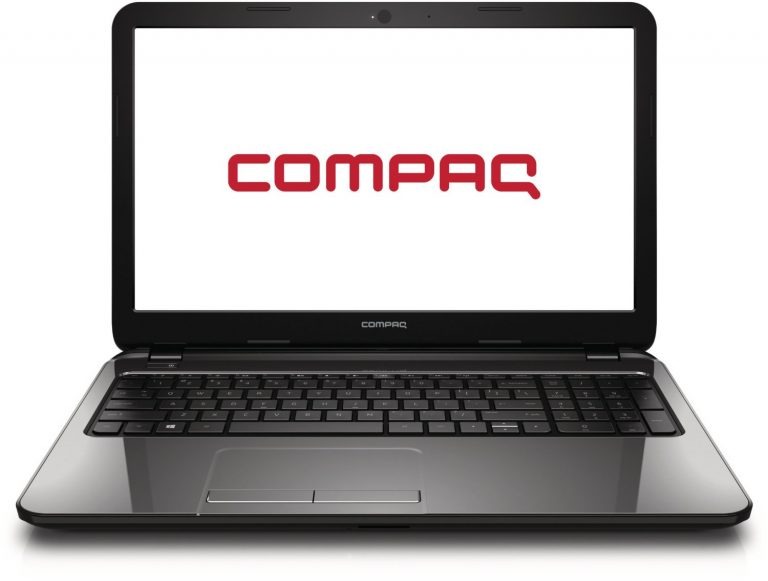Companies that fail to capture and implement good ideas often fail in the growing world. We will discuss in this article the reasons behind the failure of Compaq and the lessons learned from it.
Compaq, founded in 1982, was a computer technology company that offered personal computers and related products with its headquarters in California, United States.
The Golden Age of Compaq
Compaq was a leading producer of personal computers and was known for its innovative designs and affordable prices. In 1985, Compaq accumulated a revenue of $26.6 million.
The Compaq Portable, the first product of the company, went on sale for $2,995 in 1983.
It was a breakthrough since it could operate all of the same software as an IBM PC, making it best known as one of the earliest versions of today’s modern laptops.
In its first year, the Portable eventually sold 53,000 units and generate $111 million for Compaq.
In 1984, Compaq launched its first desktop computer, the Compaq Deskpro, which was a 16-bit computer that ran on an Intel processor and was much faster than IBM PCs at the time.
Deskpro ran all IBM software, identical to the Portable, which was an important advantage for Compaq.
Reasons behind Compaq failure
1. The partnership with DEC
In 1998, Compaq paid $9.6 billion to acquire Digital Equipment Corporation (DEC), one of the largest mergers in the computer business at the time.
In theory, the agreement would enable Compaq to gain a competitive advantage in the corporate and enterprise markets.
However, Compaq was not interested in the most valuable elements of DEC. These included silicon chip manufacturing, minicomputers, and business consulting.
Compaq was not a suitable fit for chip manufacturing in particular since the chips were incompatible with its computers.
In addition to the acquisition issues, Dell, Compaq’s newest competitor, had placed pressure on the low-end PC market, where Compaq had achieved enormous success.
With the acquisition of DEC, Compaq had planned to transform into a systems company similar to IBM or HP but instead discovered that it had no clear direction and growing competition.
2. Changing technologies
Compaq also missed out on the massive rise in sales that occurred in 1999 because businesses were concerned that Y2K bugs would affect their outdated technology.
While Compaq failed to respond and incurred significant losses on both revenue and unsold equipment that they had to liquidate, Dell, Gateway, and HP all capitalized and increased sales.
3. Company’s degrading culture
Furthermore, the two businesses’ differences resulted in a clash of workplace cultures, resulting in redundancies and a drop in morale.
Due to inefficiency, deadlines were missed and products were unable to be sold.
Retailers with an excess stock of Compaq were forced to sell at absurdly low rates, infuriating partners such as Microsoft.
4. Increased competition
Compaq’s demise was finalized by Intel, which launched a marketing campaign claiming that the CPU was the most essential component of a computer.
This argument gained momentum, and Intel started producing chipsets and motherboards for business owners such as Dell for use in their systems.
As a result, Compaq’s competitors’ computers were less expensive with essentially the same parts and components. Moreover, Intel was large enough to beat Compaq in cost savings.
Therefore, the business lost its market share and became an appealing acquisition target for HP.
5. Failing to change with the market
One of the key innovations that Compaq failed to adopt but its competitor Dell embraced was the direct-to-consumer sales model.
In the early days of the PC industry, both Compaq and Dell sold computers through traditional retail channels, but Dell realized that by selling directly to consumers it could offer better prices, faster delivery, and improved customer service.
In addition to its inability to adapt to the direct-to-consumer sales model, Compaq also failed to keep pace with Dell’s innovation in supply chain management.
Dell was able to build and deliver computers faster and more efficiently than Compaq, which ultimately resulted in lower costs and higher profits for Dell.
This inability to adapt with Dell ultimately led to Compaq’s decline in the PC industry.
Compaq Failure: Case Study Overview
There were several reasons that led to the demise of the once widespread company.
In 2002, Compaq was acquired by Hewlett-Packard for $24.2 billion. Compaq products were rebranded as part of a new range of lower-end HP computers and the Compaq brand was discontinued in 2013.
Many companies’ disruptions occur when they fail to innovate, don’t change with the changing market trends, overlook the competitors, etc.
The best way to avoid such a fate is to implement an idea-capture tool. InspireIP lets you foster an innovation culture, streamline your idea-capture and management process, and improve employee engagement.



